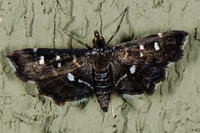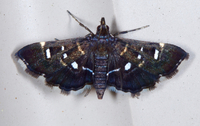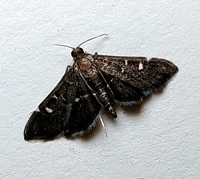
| Recorded by: Mark Basinger on 2025-10-03
Rowan Co.
Comment: | 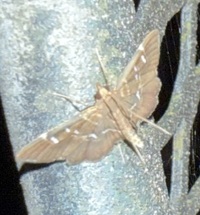
| Recorded by: Marilyn Westphal on 2025-09-07
Henderson Co.
Comment: |
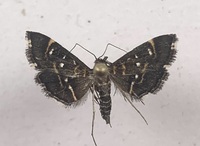
| Recorded by: R. Teper, David George, P. Coin, K. Bischof on 2025-08-16
Transylvania Co.
Comment: | 
| Recorded by: Emily Stanley on 2025-08-11
Buncombe Co.
Comment: |
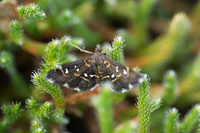
| Recorded by: Will Bennett on 2025-07-26
Avery Co.
Comment: iNat record - At least two observed, photos are different individuals. Seen directly adjacent to possible host Capnoides sempervirens. 4100 ft elevation.
https://www.inaturalist.org/observations/302512468
https://www.inaturalist.org/observations/302512458 | 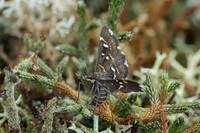
| Recorded by: Will Bennett on 2025-07-26
Avery Co.
Comment: iNat record - At least two observed, photos are different individuals. Seen directly adjacent to possible host Capnoides sempervirens. 4100 ft elevation.
https://www.inaturalist.org/observations/302512468
https://www.inaturalist.org/observations/302512458 |
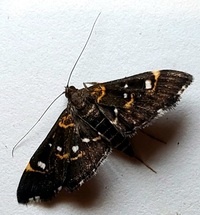
| Recorded by: Mark Basinger on 2025-06-25
Buncombe Co.
Comment: | 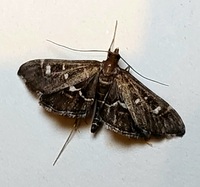
| Recorded by: Mark Basinger on 2025-06-25
Buncombe Co.
Comment: |
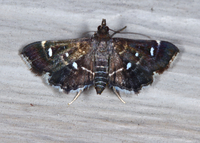
| Recorded by: Jim Petranka on 2024-09-11
Madison Co.
Comment: | 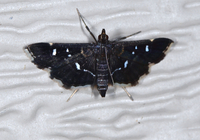
| Recorded by: Jim Petranka on 2024-08-25
Madison Co.
Comment: |
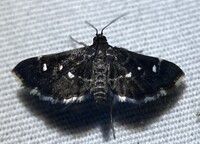
| Recorded by: Dean Furbish, Lior S. Carlson on 2024-08-12
Pamlico Co.
Comment: | 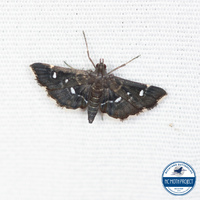
| Recorded by: Lior S. Carlson, Dean Furbish on 2024-08-12
Pamlico Co.
Comment: |
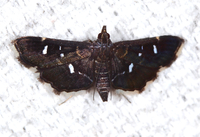
| Recorded by: Jim Petranka on 2024-08-11
Madison Co.
Comment: | 
| Recorded by: Jim Petranka on 2024-08-01
Madison Co.
Comment: |
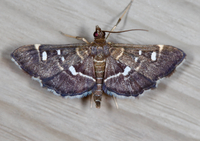
| Recorded by: Jim Petranka on 2023-09-26
Madison Co.
Comment: | 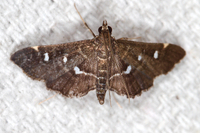
| Recorded by: Jim Petranka on 2023-09-24
Madison Co.
Comment: |
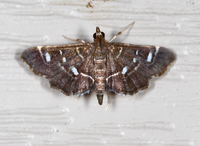
| Recorded by: Jim Petranka, Bo Sullivan and Becky Elkin on 2023-09-14
Macon Co.
Comment: | 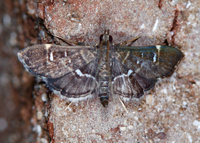
| Recorded by: Jim Petranka on 2023-08-02
Madison Co.
Comment: |
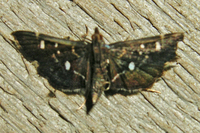
| Recorded by: Owen McConnell on 2022-09-08
Graham Co.
Comment: | 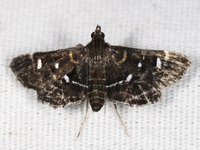
| Recorded by: John Petrankaj on 2022-08-25
Orange Co.
Comment: |
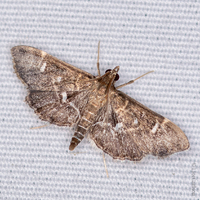
| Recorded by: David George, L. M. Carlson on 2022-07-30
Orange Co.
Comment: | 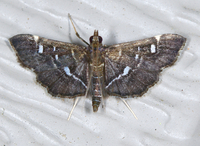
| Recorded by: Jim Petranka on 2022-07-29
Madison Co.
Comment: |
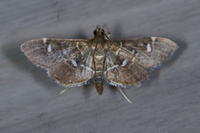
| Recorded by: Jim Petranka on 2022-07-22
Madison Co.
Comment: | 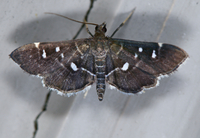
| Recorded by: Jim Petranka on 2022-07-17
Madison Co.
Comment: |
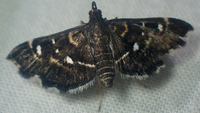
| Recorded by: tom ward on 2022-05-22
Buncombe Co.
Comment: | 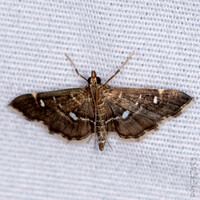
| Recorded by: David George, L. M. Carlson on 2022-05-03
Orange Co.
Comment: |

| Recorded by: David George, L. M. Carlson on 2021-09-11
Orange Co.
Comment: | 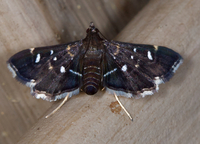
| Recorded by: Jim Petranka on 2021-08-25
Madison Co.
Comment: |
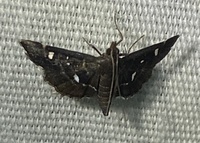
| Recorded by: David George, L. M. Carlson on 2021-08-21
Orange Co.
Comment: | 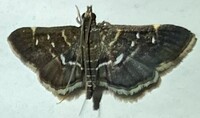
| Recorded by: Dean Furbish on 2021-08-08
Wake Co.
Comment: |
|

 »
»
